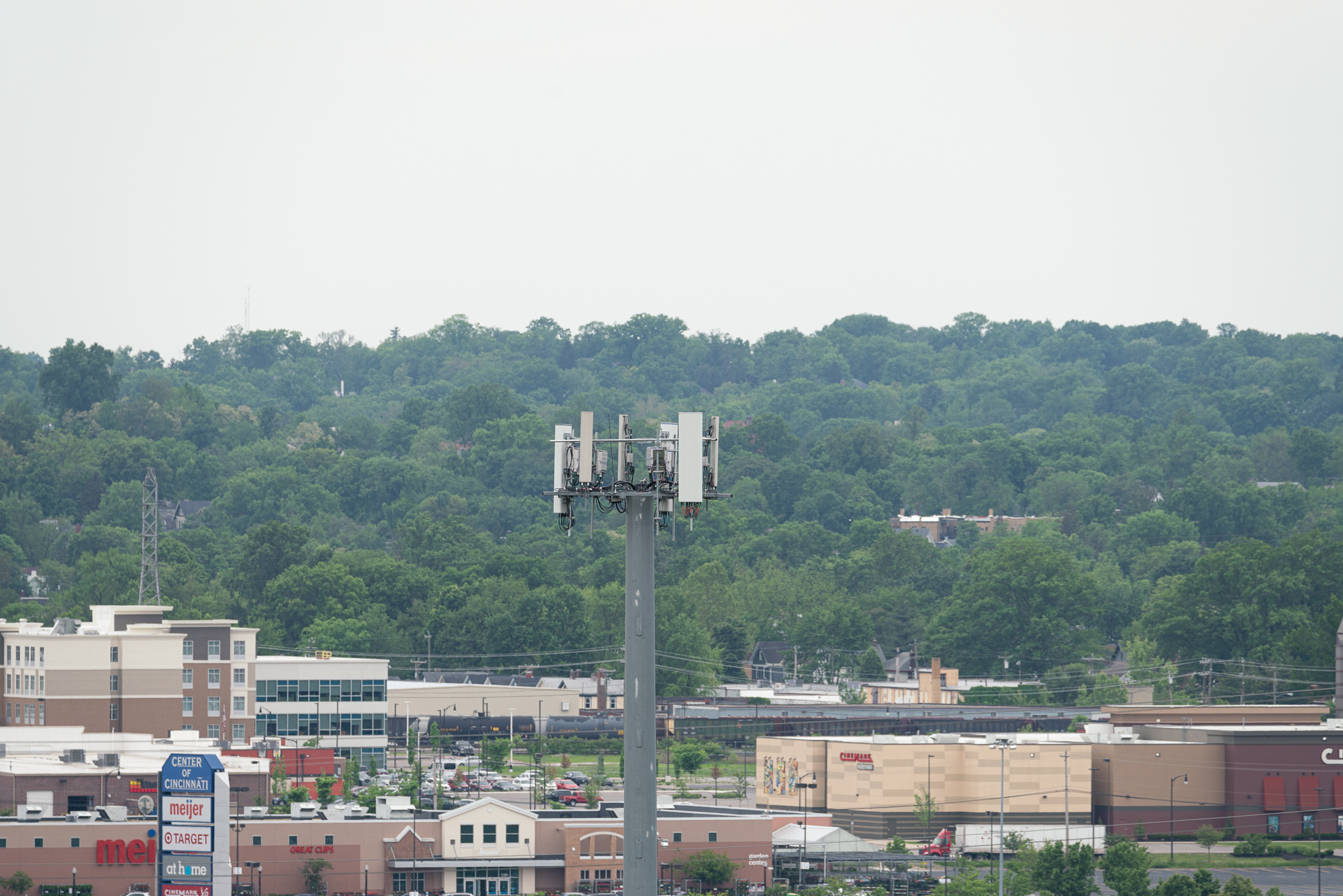I got my hands a copy of the “holy grail” of lenses - the fastest 200mm lens ever made. Only about 8000 were ever made, and it was discontinued in 2004 with the release of the Canon 200mm f/2.0 with image stabilization.
Mine version came with a very sturdy case, monster lens hood, and 20 years of handling wear
So how does a lens from the late 90’s hold up using today’s camera technology? It’s simply amazing. With the Sigma MC-11 adapter, I was able to pair this with my Sony a7riii and get images that can out-resolve the sensor. The autofocus is quick and very accurate under good lighting and only so-so in poor lighting. It even works with eye-autofocus!
How sharp is this lens? At f/1.8, I would rate it an 8/10 being an excellent portrait lens with the most amazing bokeh money can buy. By f/2.0 it is as sharp (or better) than any lens I’ve ever tested
Autofocus is fast and accurate at any aperture
I have a Canon 2x Teleconverter (version iii) that I tried out with the lens to turn it into a 400mm f/3.6 lens but had very little success. The autofocus starts to not work quite as well and the image quality was degraded significantly. I would not recommend pairing these together.
Shown here with a Canon EF 2X III
I will continue to test this lens in some real-world applications and post photos throughout the coming weeks.















